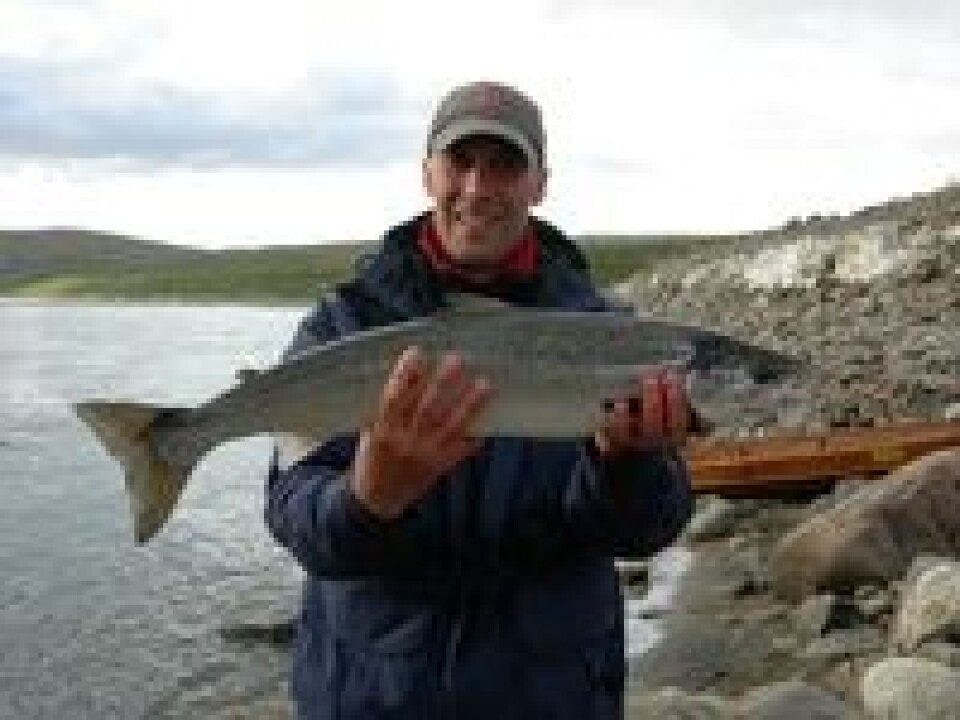
More salmon returning to Canadian rivers
Opinion
On Canada’s West Coast, news is emerging that returns of the anadromous eulachon are substantially improved this year- especially in areas around the Broughton Archipelago, where many of the British Columbia salmon farms are located. And as reported by the ASF, some East Coast rivers have seen large improvements to their returns of Atlantic salmon this year, and last year was also relatively good in many places. The ASF no doubt counts as its members a large number of salmon anglers who may well represent the biggest threat to the well-being of the various salmon stocks. Even if released after an exhausting fight, many Atlantic salmon obviously will succumb to injuries and stress after such an event. But this likely fact is nowhere to be found on the ASF web site. Instead, commercial industries other than the sport fishing one are painted as having a negative impact on the environment.
A release posted by PRWeb makes the following statement;
The Atlantic Salmon Federation (ASF) is encouraged by preliminary scientific reports confirming that wild Atlantic salmon returns to many east coast rivers met or exceeded their conservation requirements in 2011. This will have a very positive impact on restoring salmon runs, and should stimulate the strong economic upswing in the recreational Atlantic salmon fishery that occurred in 2010, as reported by Gardner Pinfold Consulting Economists of Halifax. With improved salmon runs, in both 2010 and 2011, more people returned to salmon angling. Gardner Pinfold determined that 54,000 anglers spent $128 million in 2010, more than double the amount spent by 42,000 anglers in 2005. Angler spending in 2010 supported almost 4,000 full-time equivalent jobs, primarily in rural areas where employment opportunities are often lacking.
It is vital that Canada’s government also recognize the salmon’s economic value and the thousands of jobs these fish create and the thousands more they could create if there was adequate funding for restoration and protection. Gardner Pinfold determined that a Canadian government investment of only $15 million per year would realize a return on investment within six years because of increased angler participation. Unlike other industries, such as forestry, mining, and aquaculture, that negatively impact the environment, the recreational fishery is a green industry that requires a pristine environment (as if the salmon farming industry doesn’t require an equally pristine environment?- ed. comment). More than 80% of eastern Canada’s general public surveyed stated they wanted to see healthy salmon populations and were willing to pay more in taxes to ensure the future survival of Atlantic salmon.
Non-profit conservation groups, like ASF, its Regional Councils and affiliates work diligently to restore wild Atlantic salmon. These organizations spent about $15 million in 2010, plus they contributed another $12 million worth of in-kind services and goods for a total of approximately $27 million. In comparison, the federal government spent only $12 million on wild Atlantic salmon in 2010. Important factors in the upsurge of wild Atlantic salmon numbers are a strong emphasis on catch and release in the recreational fishing industry, and a conservation agreement that ASF and the North Atlantic Salmon Fund of Iceland negotiated with Greenland’s commercial fishermen to suspend their fishery that harvests North American salmon on their feeding grounds.






















































